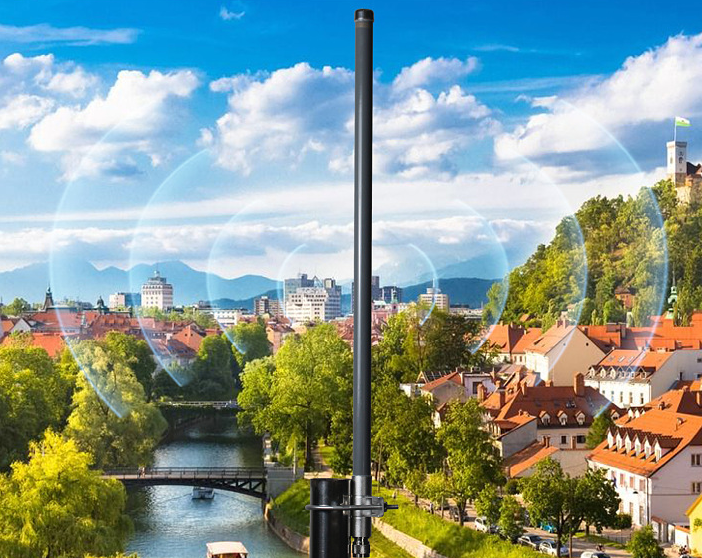Outdoor wireless network antenna
Introduction
Wireless network technology has become ubiquitous in recent years, providing reliable and efficient connectivity for users. However, in order to achieve seamless connectivity, it is important to have a strong and reliable signal. This is where outdoor wireless network antennas come in. In this paper, we will explore the functionality of outdoor wireless network antennas, including the different types available, their benefits, and how they can be used to improve wireless networking.

Types of Outdoor Wireless Network Antennas
Outdoor wireless network antennas come in different types, which vary in shape, size, and frequency range. The most common antenna types include omnidirectional antennas, directional antennas, and sector antennas.
Omnidirectional antennas
Omnidirectional antennas are designed to distribute wireless signals evenly in all directions, making them ideal for use in urban and suburban environments. These antennas are also commonly used in wireless mesh networks and for providing coverage in public areas such as stadiums and parks.
Directional antennas
Directional antennas are designed to focus signals in a specific direction, making them ideal for long-range point-to-point wireless networking. This antenna type is popular for use in rural areas where the distance between two points is too far for an omnidirectional antenna to provide adequate coverage.
Sector antennas
Sector antennas are designed to cover a specific area, usually a 120-degree sector. They are commonly used in wireless access points (APs) and can be used to provide coverage to large public areas such as hotels and airports.
Benefits of Outdoor Wireless Network Antennas
Outdoor wireless network antennas provide several benefits, including enhanced signal strength, increased signal range, and improved network performance. By focusing and distributing signals in a specific direction, outdoor wireless network antennas can increase signal strength, making it easier for devices to connect and stay connected to the wireless network.
Additionally, outdoor wireless network antennas can increase the range of a wireless network, which is especially important in large public areas such as airports and hotels. This allows users to connect to the network from farther away, reducing congestion and improving overall network performance.
Lastly, outdoor wireless network antennas can be used to isolate and remove interference from other devices in the area. This can improve network performance and reduce the likelihood of dropped connections due to interference from other devices.
Uses of Outdoor Wireless Network Antennas
Outdoor wireless network antennas can be used in a variety of applications, with the most common being wireless mesh networks, point-to-point wireless networking, and wireless hotspot coverage.
Wireless mesh networks
Wireless mesh networks use multiple wireless access points connected to each other to provide coverage over a large area. The use of outdoor wireless network antennas is essential in wireless mesh networks as they can provide the required coverage over large distances.
Point-to-point wireless networking
Point-to-point wireless networking is used to connect two distant locations where a wired connection is not feasible. This could be connecting two buildings in different locations or connecting a remote office to a central office. Outdoor wireless network antennas are used to focus signals between the two locations to ensure a reliable connection.
Wireless hotspot coverage
Wireless hotspot coverage is the provision of wireless internet to public areas such as airports, hotels, and cafes. Outdoor wireless network antennas are used to provide coverage to these large areas, allowing users to connect to the network from anywhere within the coverage area.
Conclusion
Outdoor wireless network antennas are an essential component in providing reliable and efficient wireless connectivity. With the different types available, such as omnidirectional, directional, and sector antennas, they can be applied in many different applications, including point-to-point wireless networking, wireless mesh networks, and wireless hotspot coverage. By increasing signal strength, range, and performance, outdoor wireless network antennas play an important role in improving wireless networking.





